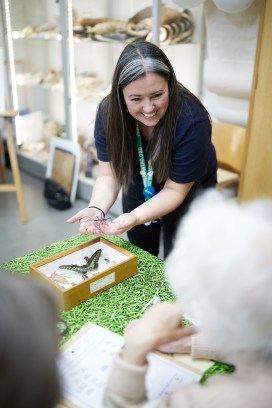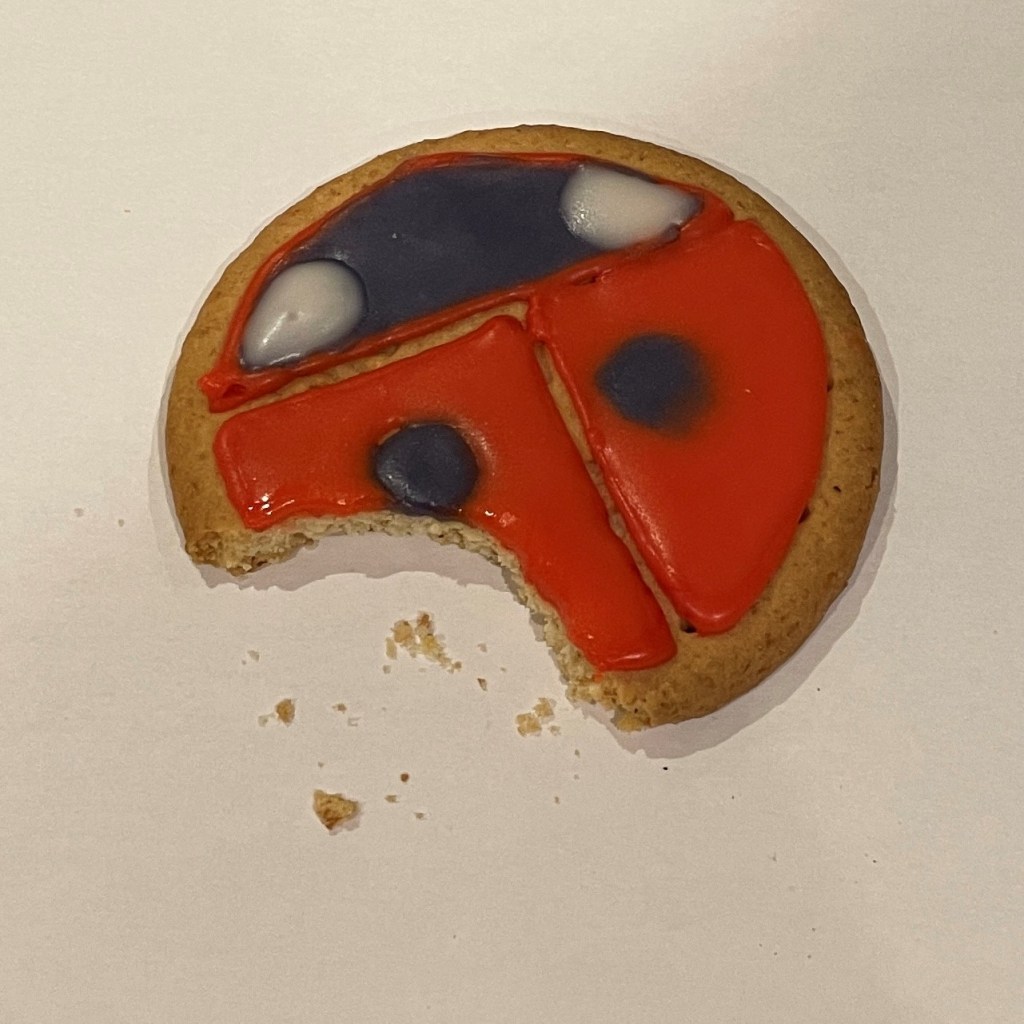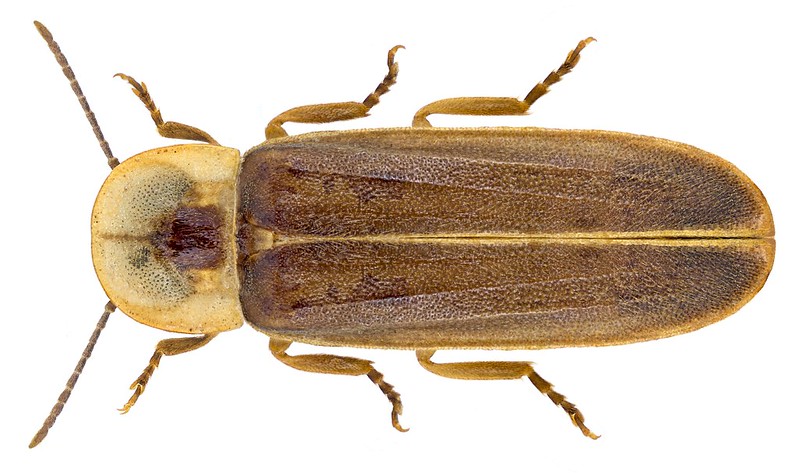Darren Mann
In the latest of our series of interviews with people who work with insects, we talk with Darren Mann, who is Collections Manager at the Museum of Natural History in Oxford, and an expert in dung beetles.
How did you first become interested in insects?
I’ve always been interested, as long as I can remember. I was one of those kids who had ice-cream tubs full of caterpillars, spiders and woodlice in jars, and tadpoles in buckets. I started the serious study of insects when I was ten.

My junior school teacher Terry Denman pretty much changed my life. He was a vegetarian, as was I and we veggies were rare back then. More importantly, he had a real passion for natural history and that was apparent in our classroom, we had frogspawn and newts and even a fish tank full of Madagascan Hissing Cockroaches. Cockroaches were an unusual pet in those days, and when I left school he gave me three females and a male. I called him George, and they lived next to my bed – I think I cried with happiness when they had their first babies.
I was not always the most well-behaved or attentive kid at school. Mr Denman noticed I liked natural history and got me to work by saying ‘you need to write a story, write it about the cockroaches’. I used to sit by their tank and write about the cockroaches. Who knows what would have happened if he hadn’t found that avenue for me to put my energies into?!
What is your role at the Museum?
I have been very fortunate: the collections here at the museum are amazing! I spend about half my time working with the collections and doing research on beetles. About 20% of my job is teaching and outreach, giving lectures and talks, for students, visiting school kids and natural history groups. 10-15% is answering enquiries and giving advice, and pest identification “I found this bug in my garden what is it?” The remainder is administration and the paper work side of working with the collections.

What is the beetle project you are working on?
In 2016, I was approached by English Nature, the government agency for nature conservation. They were reviewing the conservation of British animals and plants so they could update the conservation status of different species. If a species had been under threat of extinction, was that still correct today? Had the number of threatened species gone up or down?
The last review for beetles was done in 1992 and there were a lot of errors and it was out of date. One person had tried to do all beetles I one go and that’s an almost impossible task, there are over 4,000 different types in the UK! I was approached to do the Scarce and Threatened Review for dung beetles and chafers because that’s my favourite group. I declined as I didn’t have time to commit to a lot of extra work. I suggested my mate – Steve Lane, he did the bulk of work and then we spent time chatting and providing data and information. We gathered data from across the UK though amateur naturalists, museum collections and books and articles. Based on the number of records over the last 100 years, we calculated how the different species had changed and published our work.

It was an eye opener for me as there are a few species I thought were still widespread or common, that had drastically declined. However, I didn’t realise they were in trouble because they in were in parts of the UK I rarely visit. There’s the Cockchafer, everyone knows the May bug, and that’s doing ok. But there’s a second species – the chestnut cockchafer in Scotland, which is not doing so well. I’ve never seen it as I don’t go Cockchafer hunting Scotland. The only one’s being seen were from people light trapping for moths. We discovered more species were declining than were previously believed. Since you can’t be everywhere all the time you don’t notice some of these declines.
We wrote about all the endangered species, and over the last five years Ceri (my wife and dung beetle hunting partner) and myself have taken holidays in search of some our rarest dung beetles. So far we’ve found two species that were thought extinct in Britain, and a few that are critically endangered but hadn’t been seen for 15 years and one for nearly 90 years.
What is your favourite insect?

It’s really difficult to choose just one, but I think my favourite is a dung beetle. We gave it the common name Dillwyn’s dung beetle (Onthophagus nuchicornis). As Lewis W. Dillwyn (1778-1855) was one of first people to catch it. It’s very pretty with a dark pattern contrasting against an almost cream background.

Ceri, Steve and myself have spent many years surveying across the UK for this beetle. Worryingly, its numbers have crashed more than any other UK dung beetle and it has gone extinct at over 90% of the sites where it used to live. In most cases we don’t know why this is, but this beetle is a good indicator of a broader decline in species.

If you enjoyed reading about Darren’s work as an entomologist, take a look at other posts about people who work with insects in our ‘People‘ section.














